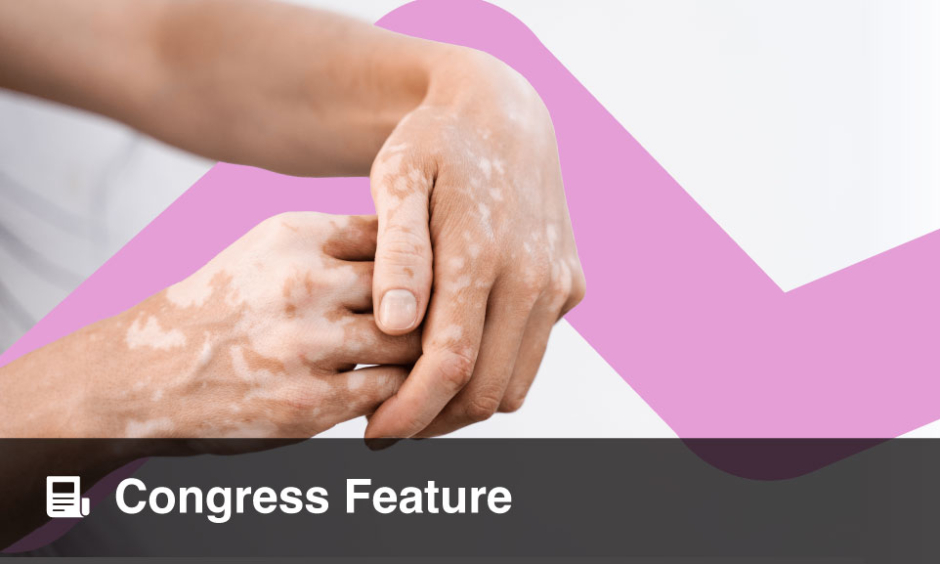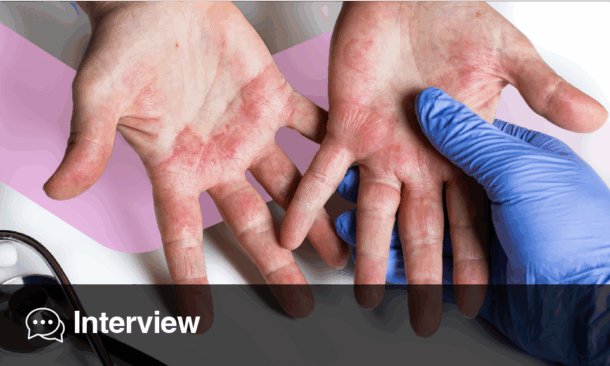ACNE vulgaris is a widespread skin condition primarily affecting adolescents and young adults, yet its global burden has been underreported. A study using data from the Global Burden of Disease Study 2021 examined trends in acne prevalence, incidence, and disability-adjusted life years from 1990–2021 among individuals aged 10-24 across 204 countries. The results revealed a consistent increase in acne cases worldwide over the past three decades.
Globally, the age-standardised prevalence rate of acne vulgaris rose from 8,563.4 per 100,000 people in 1990 to 9,790.5 per 100,000 in 2021, reflecting an average annual increase of 0.43%. Similar upward trends were observed for both incidence rates and disability-adjusted life-year rates. Regionally, Western Europe had the highest prevalence, while North Africa and the Middle East experienced the most significant increase in acne burden over time. By socio-demographic index (SDI), high SDI regions consistently showed the highest acne rates, while lower SDI regions, although having lower rates, saw the most dramatic growth in cases.
Gender and age also played a role in acne trends. In 2021, the global prevalence rate of acne vulgaris was around 25% higher in females than in males. Adolescents aged 15–19 years had the highest prevalence, while younger adolescents, aged 10–14 years, showed the most rapid increase in acne cases from 1990–2021.
The study highlights the rising burden of acne vulgaris worldwide, particularly among young people, and underscores the need for better prevention and treatment strategies. As the condition continues to affect millions globally, addressing this growing burden is crucial to improving skin health and quality of life for adolescents and young adults.
Katie Wright, EMJ
Reference
Zhu Z et al. Global, regional, and national burdens of acne vulgaris in adolescents and young adults aged 10-24 years from 1990 to 2021: a trend analysis. Br J Dermatol. 2024;DOI:10.1093/bjd/ljae352.







